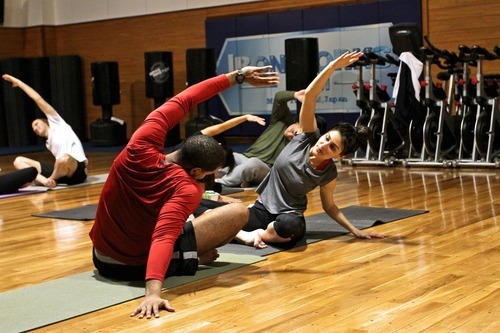Development of Fashion Fitness Among New Zealand Women
The wellness industry attracts billions of dollars annually, with women fitness trends accounting for a significant share. But the situation has not always been as it is for women, considering that sweating was unladylike for much of the twentieth century in New Zealand, when women were exempted from all physical exercises for different reasons.

Call for Fitness
However, following the call for fitness to help New Zealand women slim and tone up in the 80s, the tables turned, and there was considerable interest in physical fitness and body shaping. As gymnasiums and organized workout programs got popular in New Zealand, there was a boom in aerobic classes, with New Zealand women flocking in droves to aerobics, jazzercize, dance classes, and health clubs.
Wearing for Fitness
As the fitness craze continued, fitness and fashion trends were wedded in various respects. Consequently, a vast collection of gym clothes aim’n NZ such as leggings, sweatshirts, and leotards got their space into fitness circles.
As expected, women show different preferences when it comes to gym clothes. This is influenced by the fact that people have varied workout plans, various senses of style, and other dealbreakers.
The fashion-fitness situation has not changed much in recent years. Instead, the industry has become a two-way exchange, with fashion collections from gym clothes aim’n NZ and other outlets striving to look active and athletic.
Hit the Gym with the Right Apparel
Regardless of the evolution of fitness trends in New Zealand, most women strive to have a decent gym clothes rotation for their seat sessions. While the options remain vast, any fitness enthusiast must know what to wear to the gym. At the same time, they should avoid ‘distractive’ outfits like those with poor fits, as they can limit your chances of realizing your fitness goals.
European Impact




